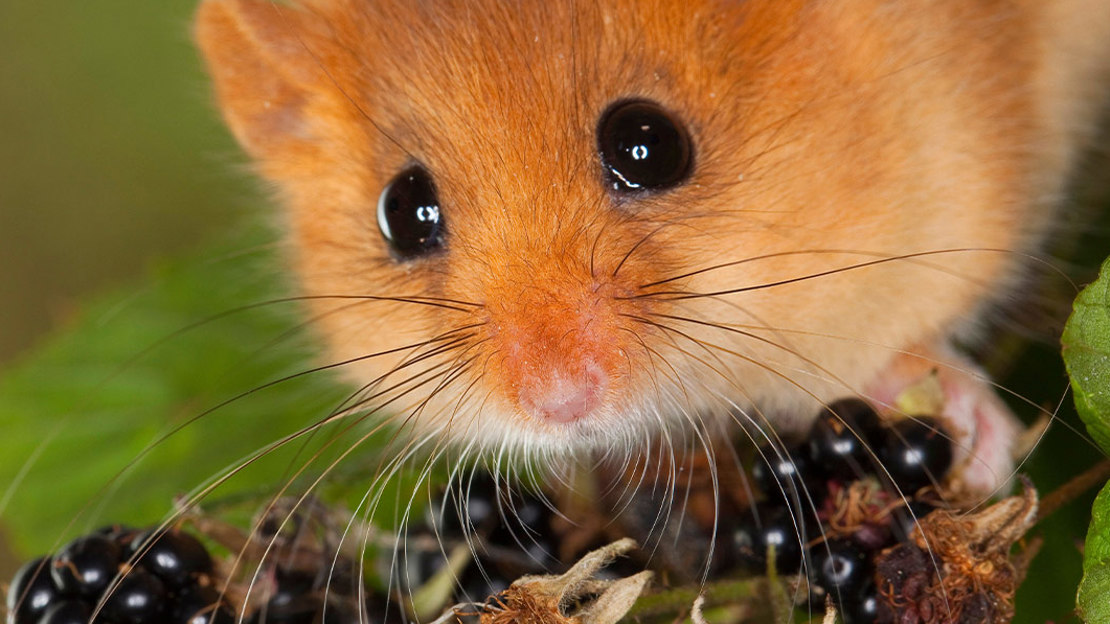
Endangered wildlife appeal
Woodland wildlife is fading before our eyes. Please support our appeal to save rare and threatened species.
Donate now
Volunteer content writer
The UK is home to a remarkable variety of trees, each playing a unique role in our landscapes and ecosystems. However, many of these trees face significant threats due to habitat loss, climate change, disease, and human activity.
Protecting these rare trees is crucial not only for preserving our natural heritage but also for maintaining the health and biodiversity of our ecosystems. Fortunately, efforts are being made to protect these species, and it’s not too late to make a difference. Let’s explore some of the rarest trees in the UK and why it’s so important we protect them.

The elegant and mysterious black poplar is one of Britain’s rarest native trees and one of our most endangered. It can be identified by its deeply fissured bark, triangular leaves, and distinctive, tall shape. Mature trees often lean too. Historically, black poplars were commonly found along rivers and in floodplains, but their numbers have drastically declined due to changes in land use and the loss of wetland habitats. Scattered populations can be found across England and Wales. It's most prevalent in Shropshire, Cheshire, Somerset and East Anglia.

The wild service tree, also known as the chequers tree, is a rare deciduous tree known for its unique maple-like leaves and scaly bark. In autumn, it produces clusters of small, brown fruit that were once used to make beer and given to children as sweets. It's now mostly confined to ancient woodland, much of which has sadly been lost and is in urgent need of protection. Wild service trees are scattered throughout lowland England and Wales, especially in ancient woodlands and hedgerows.

The large-leaved lime is the rarest of our native lime trees and is tricky to distinguish from its more abundant, small-leaved cousins. Look out for darker bark and larger leaves, with hairs covering the underside. The large-leaved lime is an important species for biodiversity, providing food and habitat for all sorts of insects and animals. It is an ancient woodland indicator species and is in decline primarily due to habitat loss. Distribution is scattered in England and Wales.

One of the few native conifers in the UK, juniper is an iconic species with aromatic, needle-like leaves and blue-black berries that produce the distinctive flavour of gin. It is in decline in the UK and could even become extinct in lowland England without help. It’s not entirely clear why juniper is struggling, but the tree is vulnerable to overgrazing and disease. Conservation efforts are important because juniper is an integral part of various ecosystems, providing essential food and habitat for birds such as goldcrest, fieldfare, song thrush, and black grouse. It can be found scattered across the UK, with notable populations in Scotland, northern England, southern England and parts of Wales.

The bird cherry is more common in northern and central parts of the UK but is considered rare in the south and South West, where it occurs only sporadically. It is known for its fragrant white flowers, which bloom in spring and provide an early nectar source for pollinators, before turning into small, bitter black cherries. It can predominantly be found in northern England and Scotland in wet woodland, hedgerows, and riverbanks.

The Plymouth pear is one of Britain’s rarest trees and grows almost exclusively in Devon and Cornwall, around Plymouth and Truro. It is most famous for its foul-smelling flowers which, though beautiful in spring, have been said to resemble the pong of decaying fish! Its small, round fruits are inedible, but provide an important food source for birds. The Plymouth pear has suffered from the loss of hedgerows and the changing climate and is a focus of conservation efforts. Due to its uniqueness, it is the only tree protected under the Wildlife and Countryside Act 1981, and its seeds are deposited at the Millennium Seed Bank at Kew Gardens.

The Arran whitebeam is one of the rarest and most endangered trees in the world, found only on the Isle of Arran in Scotland. At last count, there were only 407 trees growing in the wild. Despite its scarcity, this is a key species for biodiversity and plays a crucial role in the Isle of Arran’s ecosystem. With a lack of genetic diversity, these trees are vulnerable to environmental changes and also suffer from overgrazing and pests. The Bristol whitebeam (Sorbus bristoliensis), is another similar endemic species, exclusive to the Avon Gorge in Bristol.
While the challenges facing the UK’s rare and endangered trees are significant, there is hope. Conservation efforts are making a difference, and the great thing is that everyone can play a part! By volunteering, taking part in citizen science projects, such as Scotland’s Tree Seed Collection Project, and by supporting our work, you can help safeguard these incredible species and the health of our natural environment.
Together, we can ensure that these rare and endangered trees continue to grace our landscapes and support biodiversity for generations to come.

Woodland wildlife is fading before our eyes. Please support our appeal to save rare and threatened species.
Donate now